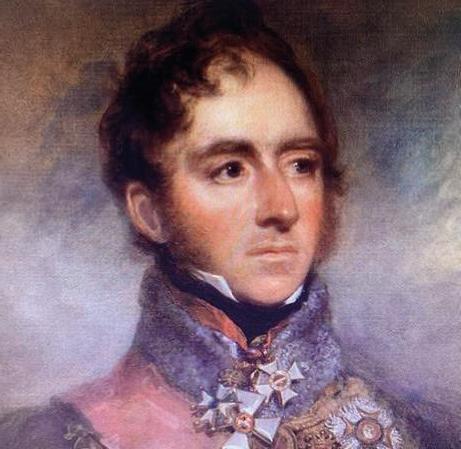A HISTORY OF THE ANGLESEY STAKES The Anglesey Stakes is run over the Anglesey Course, a unique distance to the Curragh Racecourse of 6 furlongs and 63 yards (1265m) and the oldest race in the Irish calendar to be continuously run over the same distance since it’s inauguration in 1829. The first running was won by Regulator, trained at Maddenstown. The Anglesey course and the Anglesey Stakes are named after Henry Paget, 1st Marquess of Anglesey. As a Field Marshall he was second in command to the Duke of Wellington at the Battle of Waterloo and he led what was described as a spectacular charge of the British Heavy Cavalry, which checked and in part routed the French Army. One of the last cannon shots fired that day hit Paget in the lower right leg necessitating amputation. In recognition of his heroism he was created Marquess of Anglesey on the 4th of July 1815. Henry Paget was appointed Lord Lieutenant of Ireland in February 1828. In December of that year he wrote a letter to Patrick Curtis, the Catholic Primate of Ireland stating his belief in the need for Catholic emancipation, this opinion led to him being sacked by the British government. In 1830 a new government was formed, and he was reappointed Lord Lieutenant of Ireland. He was responsible for introducing state-aided education to 400,000 Irish children. We have no written records about the origins of the Anglesey Stakes, however it can be assumed that the inauguration of the race by the Turf Club in 1829 was in honour of Henry Paget as Lord Lieutenant of Ireland. Why a distance of 6 furlongs and 63 yards was decided upon is also unknown, however bestowing a starting post title as well as a race title upon the Marquess of Anglesey was an additional honour. Races run over the Anglesey course are described as a scurries, and a scurry is a unique race description to the Curragh Racecourse. Throughout the Curragh season several prestigious premier handicaps are run over this course, which is a seamless race-heritage going back to 1829 and the inauguration of the Anglesey course and distance. No other racecourse in the world can boast such a unique distance with such a long history.
18



